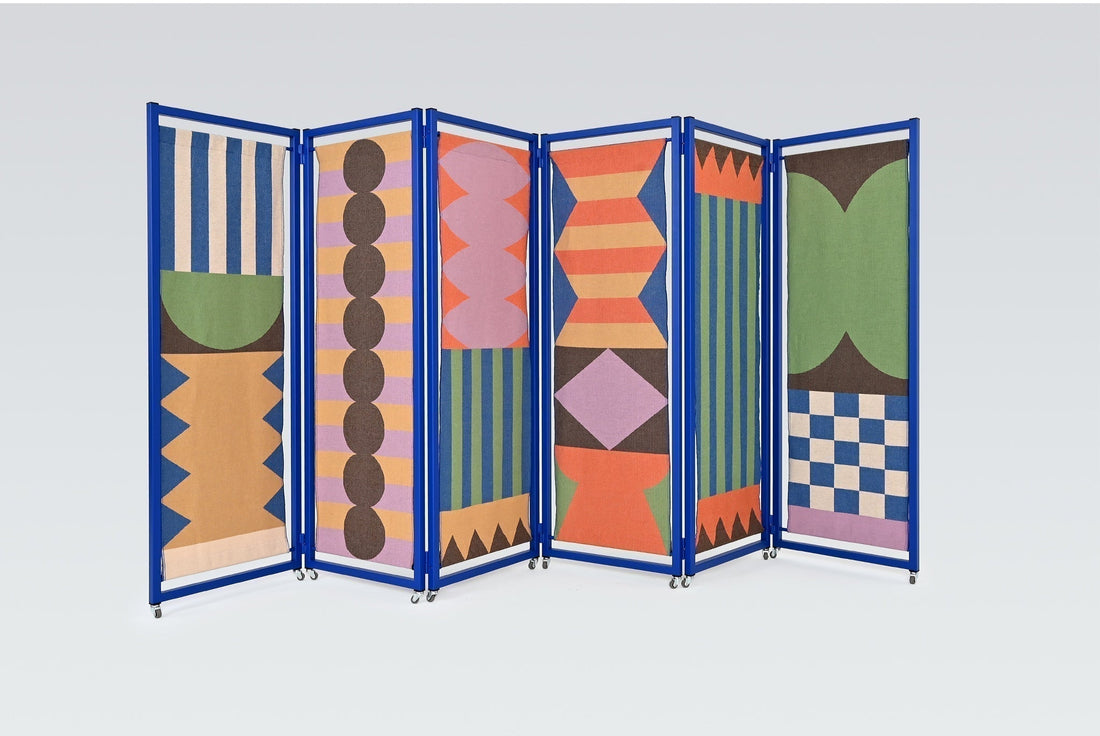PLAYFOOL screen – a luxurious piece of furniture that redefines space
The PLAYFOOL screen is a contemporary manifesto of space- and user-focused design. It's not just a functional piece of furniture, but a starting point for reflection on the role of classic objects in contemporary interiors. The project asks how traditional forms can find new life in a modern context—preserving their original functions while adapting to changing needs.
The return of the screen as a design element perfectly aligns with the motto "nie_koniec / un_end." This object becomes a symbol of continuity and evolution – a reinterpretation of a historical piece of furniture in the spirit of contemporary design. This is not the end of the classic screen – it is its new incarnation.
The PLAYFOOL screen was designed with flexibility in mind – its open form allows for free transformation and adaptation to the moment and space. This is a project that doesn't end with the production stage. On the contrary – it invites experimentation, personalization, and dialogue with the environment. Thus, it aligns with the idea of constant flow, adaptation, and the interpenetration of the personal and social dimensions.
Modern functionality meets noble jacquard fabric
The PLAYFOOL structure consists of six textile panels framed in eye-catching geometric shapes. Each panel is enclosed in a frame—like a painting—emphasizing its individual character. Depending on the version, metal or wooden frames are used, creating a cohesive yet adaptable whole.
A key element of the design is the high-quality jacquard fabric , which gives the screen its unique character. Thanks to its complex structure and interplay of colors, this material—often associated with palace luxury—gains a new context: palace luxury in your home .
The jacquard patterns aren't a print—they're an integral part of the fabric, visible and striking on both sides. It's this feature that makes PLAYFOOL a fully-fledged luxury piece of furniture for everyone , not only decorating but also dividing space, encouraging a fresh perspective on everyday life.
Fabric as a form of communication
The pattern composition was inspired by the relationship between form and color, based on contrast and harmony. The designers utilized shapes such as "bouba" and "kiki," creating a visual dialogue that enlivens the space. The jacquard fabric used in the design becomes not just a material but a means of expression—a living narrative surface that resonates with its surroundings.
Design for Interaction – Mobility, Comfort and Style
The screen is equipped with wheels and hinges, allowing it to be easily moved and adjusted to your needs. Individual panels can be rearranged and arranged in various ways, and the textile surface can be removed and cleaned. The foldable structure simplifies transport and storage. This allows the PLAYFOOL to combine aesthetic appeal with functionality, becoming not only a decorative but also a practical solution for any interior.
Designers who define the modern language of fabrics
PLAYFOOL is the result of the work of Polish designers Kamila Lewandowska and Julia Luteracka, working under the umbrella of Panama Studio. Their project contributes to a broader discussion about the role of the contemporary designer: not as a creator of a closed form, but as an initiator of a process. Design as a question, not an answer – this is a philosophy that leads to the creation of objects that exist in symbiosis with space.
PLAYFOOL demonstrates that a classic blanket in an interior , a cotton throw , or a jacquard fabric in your home don't have to be solely utilitarian. They can become part of a dialogue – between art and function, past and present, home and its inhabitants.
regular:
The PLAYFOOL screen is definitely a pretext for analyzing the space around you. It asks how classic objects can find their place in modern spaces, still fulfilling the functions that defined them, but also adapting to contemporary needs.
The return of the screen as an interior design element fits perfectly with the theme of "nie_koniec / un_end," as it is itself a manifestation of continuity and adaptability. It's a contemporary interpretation of a historic piece of furniture, taking on new life in dynamic spaces—combining traditional functions with a new, more creative role. This isn't the end of the classic screen—it's a new beginning.
The product highlights what is worth displaying, hides what should remain invisible, and when necessary, it can also hide itself.
The structure consists of six textile panels arranged in bold, geometric, yet simple compositions that attract the eye. Each panel is framed in a wooden frame – like a painting, it has its own individual space. Together, they form an integrated whole, and the arrangement of the panels can be freely modified, allowing you to play with the screen's form.
The key element of the design is the jacquard fabric – its multi-coloured threads and expressive patterns give the whole thing a unique character.
The fabric composition was inspired by the relationship and interaction between shapes and colors. It combines elements such as "bouba" and "kiki" in a contrasting yet harmonious color palette. The fabric's double-sided structure creates a visual impact on both sides of the divided space.
The PLAYFOOL screen is the result of an analysis of the role of a simple object, a partition wall. Typically a modest form depicting genre scenes, here it takes on a new dimension thanks to bold and contrasting combinations. It becomes a distinctive element of the space, dynamically interacting with it and bringing energy to the interior.
This object encourages discovery and play – it can be easily moved thanks to its wheels and hinges.
The fabric can be removed and cleaned as needed, and the foldable screen makes it easy to transport and store.
The screen's form is open—it can be transformed, changed, and adapted to the needs of the moment and place. It's a project that doesn't end with production, but invites interaction, experimentation, and individual interpretation. In this way, it aligns with the idea of constant fluidity, adaptation, and the intertwining of personal and social dimensions.
PLAYFOOL also contributes to the discussion about the role of the designer – as someone who not only creates an object but initiates a process: design as a question, not an answer. It is an aesthetic and functional object that lives in harmony with space – it can be a backdrop, a dominant feature, a boundary, or a meeting point. It is therefore not the end, but a continuous process of designing the relationship between form, space, and user.
The product highlights what is worth displaying, hides what should remain invisible, and when necessary, the screen itself can be hidden.
The structure consists of six textile panels arranged in bold, geometric, yet simple, eye-catching compositions. Each panel is framed in a metal frame – like a painting, it has its own individual space. Together, they form an integral whole, and the arrangement of the textile panels can be freely modified, allowing you to play with the screen's form.
The key element of the design is the jacquard fabric – its multi-coloured threads and expressive patterns give the whole thing a unique character.
The fabric composition was inspired by the relationship and interaction between shapes and colors. It combines elements such as "bouba" and "kiki" in a contrasting yet harmonious color palette. The fabric's double-sided structure creates a visual impact on both sides of the divided space.
The PLAYFOOL screen is the result of an analysis of the role of a simple object, a partition wall. Typically a modest form depicting genre scenes, here it takes on a new dimension thanks to bold and contrasting combinations. It becomes a distinctive element of the space, dynamically interacting with it and bringing energy to the interior.
This object encourages exploration and play – it can be easily moved thanks to its wheels and hinges. The fabric can be removed and cleaned as needed, and the screen's foldable design makes it easy to transport and store.

